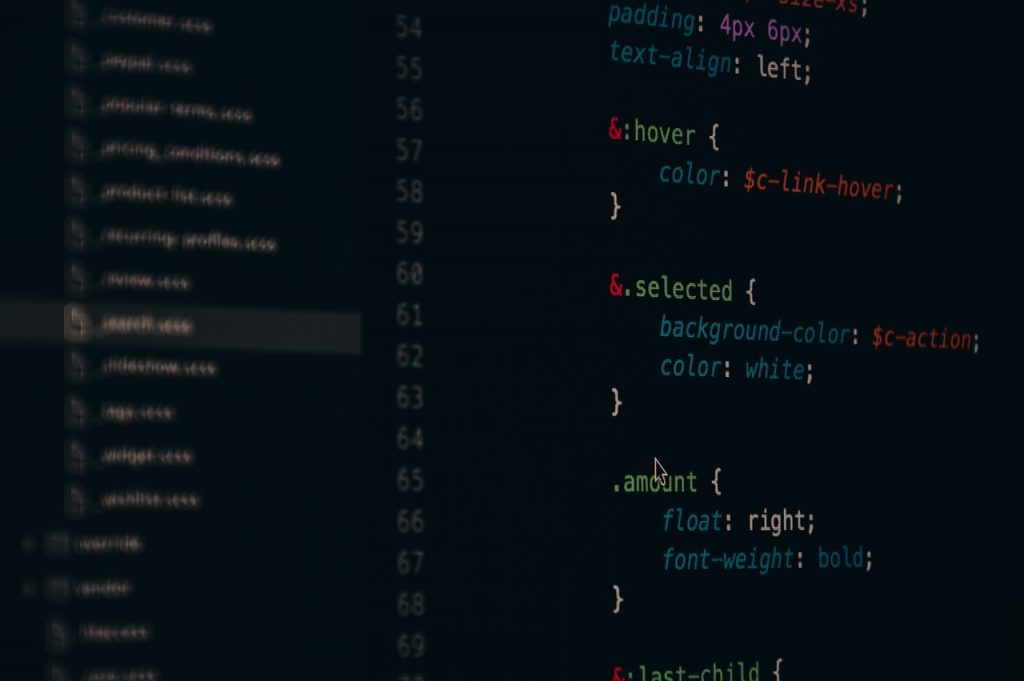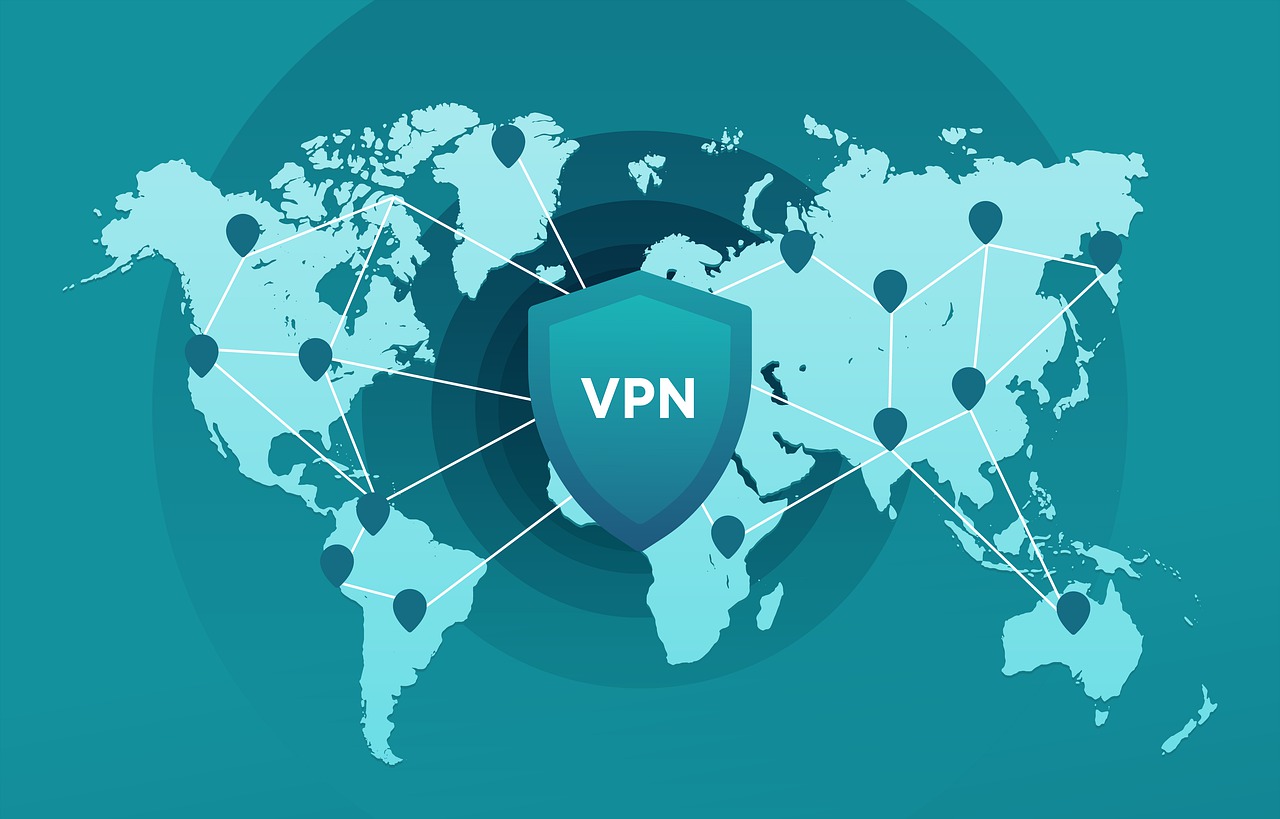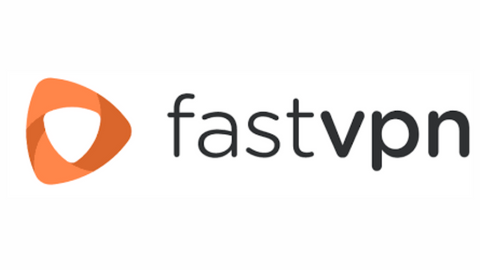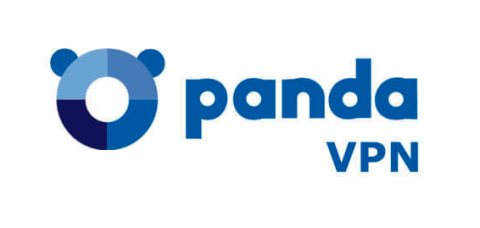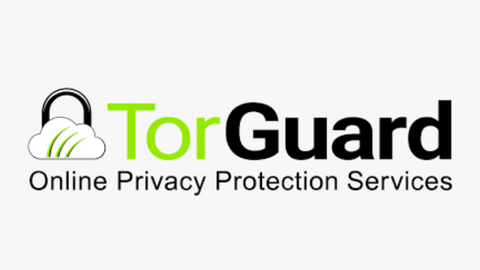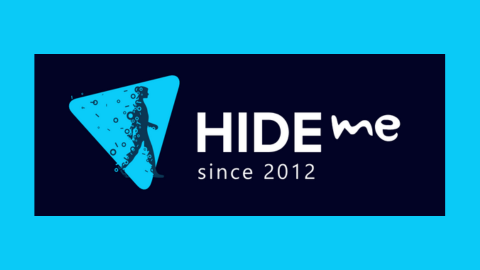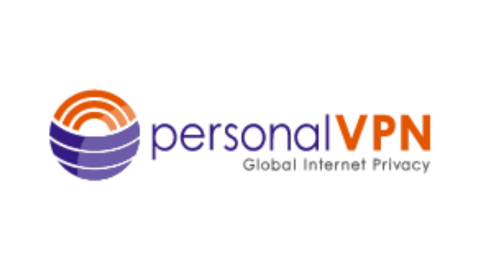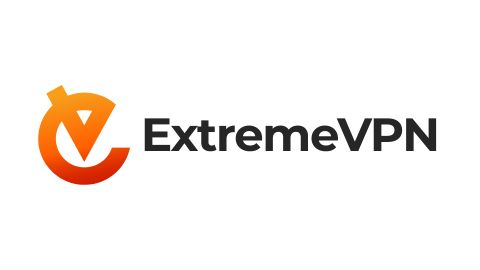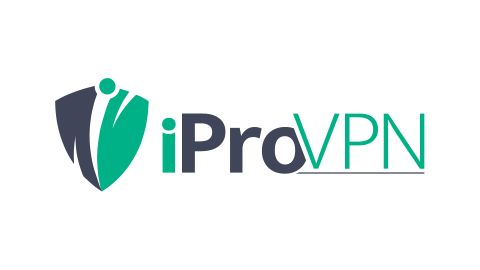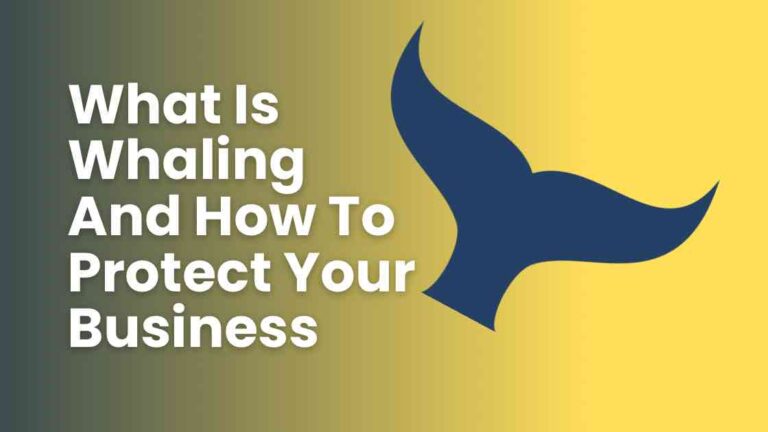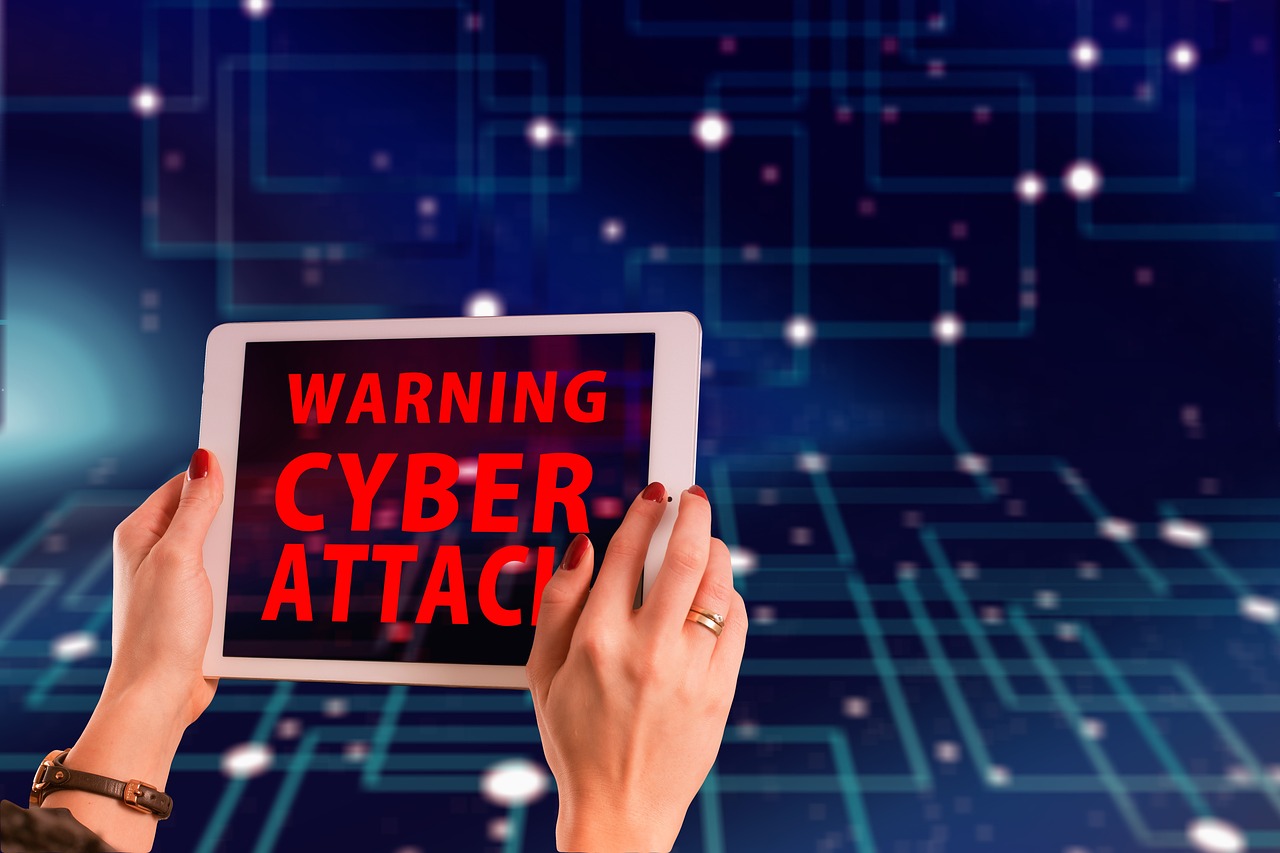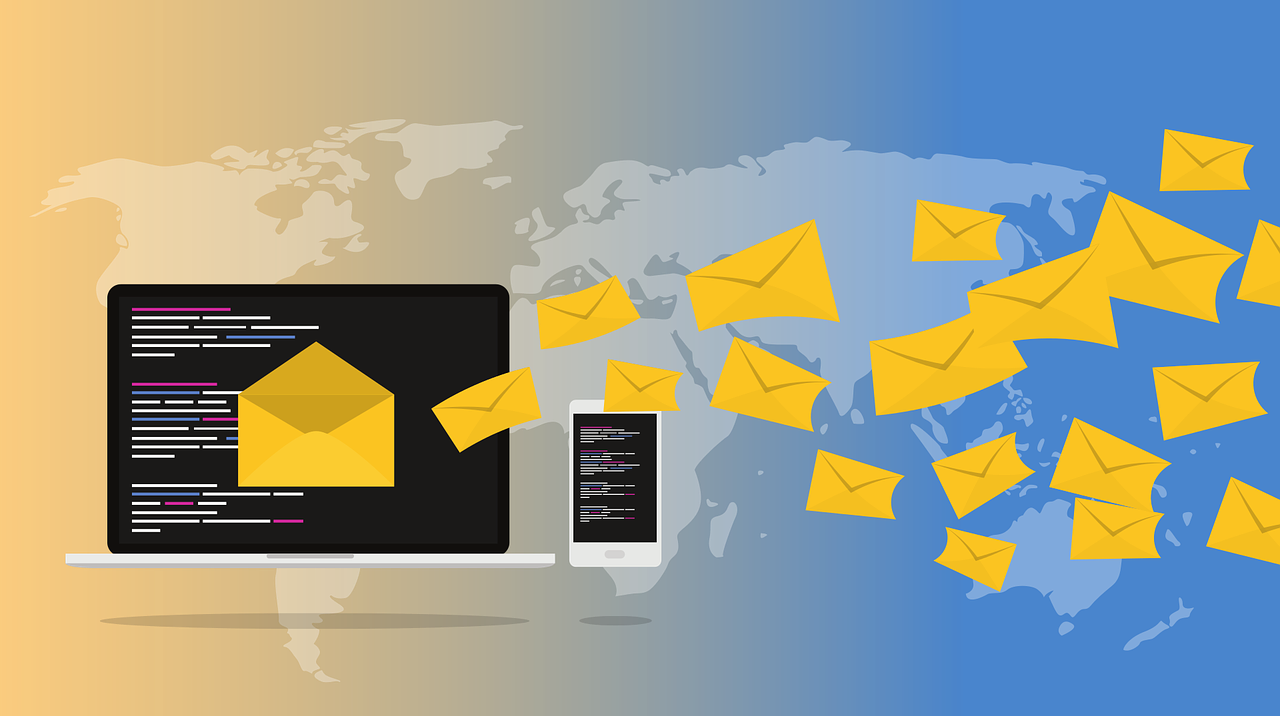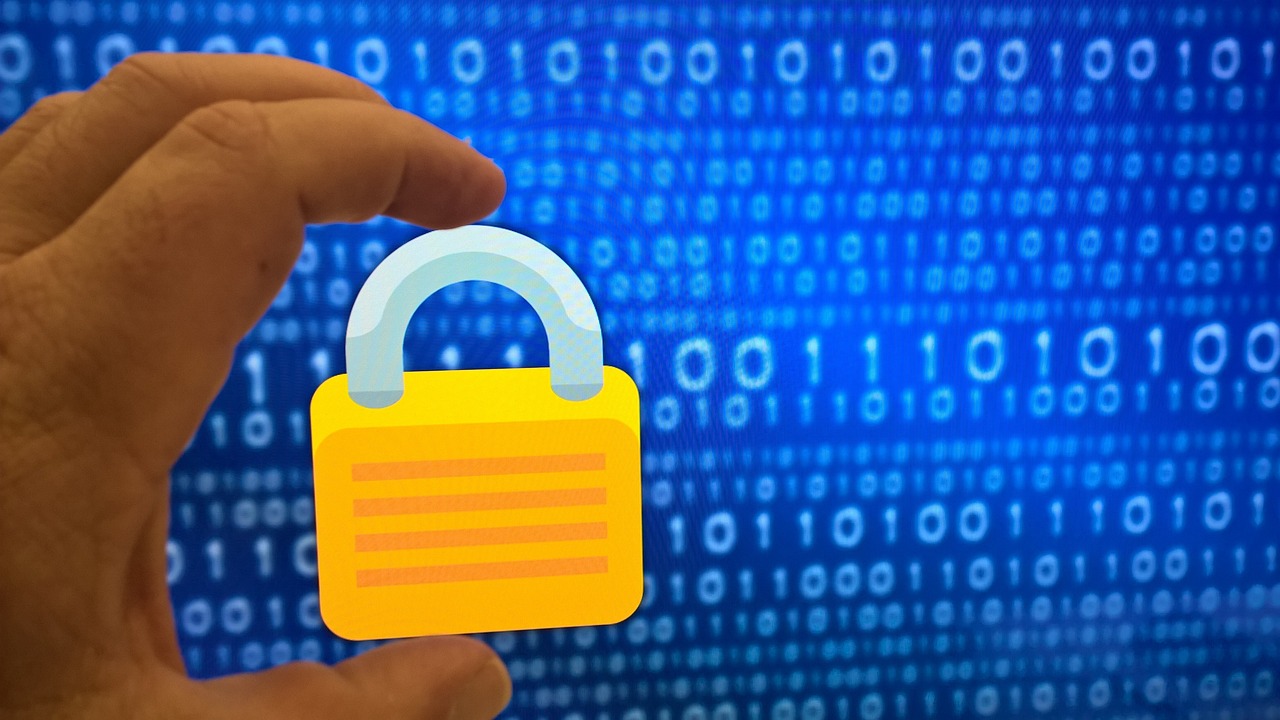Looking for the full ESET HOME Security Premium Review? This article is an insight into all you should know!
It is essen our devices and data have become paramount. With cyber threats evolving and multiplying, the need for robust security solutions is more pressing than ever.
Enter ESET HOME Security Premium, a comprehensive suite designed to provide users with a multi-layered defence against malware, phishing attempts, and other online dangers.
In this ESET HOME Security Premium review, we’ll delve deep into the features, performance, pricing, and more to determine whether ESET HOME Security Premium lives up to its promises.
Table of Contents
TLDR;
ESET HOME Security Premium offers a comprehensive suite of security features, including antivirus, firewall, ransomware protection, and more. While it may lack some advanced features found in competing products, its lightweight design and excellent malware detection make it a solid choice for users seeking reliable protection. If you prioritize performance and ease of use, ESET HOME Security Premium is worth considering.
What Is ESET HOME Security Premium?
ESET HOME Security Premium is an all-in-one security solution developed by ESET, a pioneer in the cybersecurity industry with over 30 years of experience.
As the flagship product in ESET’s lineup, Smart Security Premium aims to provide users with advanced protection against a wide range of cyber threats, including viruses, ransomware, phishing attacks, and more.
ESET HOME Security Premium strikes a balance between robust protection and user-friendliness, making it an appealing choice for both novice and experienced users alike.
ESET HOME Security Premium Features
ESET HOME Security Premium boasts a plethora of features designed to keep users safe in today’s digital landscape.
Let’s take a closer look at some of its key features:
Award-Winning Antivirus
ESET’s industry-leading antivirus engine utilizes real-time scanning to identify and neutralize malware, viruses, Trojans, and other emerging threats before they can wreak havoc on your system.
With regular updates to its virus signature database, ESET ensures that its antivirus protection stays ahead of the ever-evolving threat landscape, providing users with up-to-date defense mechanisms against the latest cyber threats.
Multi-Layered Defense
A robust firewall acts as a gatekeeper, monitoring incoming and outgoing network traffic. You can control which applications access the internet and block suspicious connections, fortifying your defenses against online attacks.
ESET’s firewall employs stateful packet inspection (SPI) and intrusion detection/prevention system (IDS/IPS) techniques to analyze network traffic and identify potential threats, providing users with comprehensive protection against both inbound and outbound attacks.
Ransomware Shield
In today’s threat landscape, ransomware is a growing concern. ESET’s proactive Ransomware Shield detects and blocks these malicious attempts, protecting your valuable files from encryption and extortion.
By leveraging behavioral analysis and machine learning algorithms, ESET’s Ransomware Shield can detect ransomware-like behavior patterns and stop ransomware attacks in their tracks, safeguarding your data and preventing financial loss.
Banking Fortress
Secure Banking & Payment Protection encrypts communication between your browser and financial websites, creating a secure environment for online banking and financial transactions.
In addition to encryption, ESET’s Banking Fortress feature includes browser sandboxing capabilities, which isolate your online banking sessions from other browser activities, preventing malware from intercepting sensitive information such as login credentials and financial data.
Password Management Made Easy
The integrated password manager simplifies online security. It securely stores and autofills your login credentials, eliminating the need to remember complex passwords for each account.
Additionally, it encourages strong password creation, a crucial step in thwarting cyberattacks. ESET’s password manager employs advanced encryption algorithms to protect your stored passwords from unauthorized access, ensuring that your online accounts remain secure even in the event of a data breach or cyberattack.
Guarding Your Privacy
Webcam Protection keeps prying eyes at bay. It prevents unauthorized access to your webcam, blocking applications and processes that attempt to spy on you, ensuring your privacy remains intact.
ESET’s Webcam Protection feature includes granular control settings, allowing you to specify which applications are allowed to access your webcam and which ones are blocked, giving you full control over your privacy settings.
Anti-Phishing Defense
Phishing scams are a constant threat. ESET’s anti-phishing module acts as a vigilant guardian, scanning emails, websites, and other online content for signs of phishing attempts. It alerts you to potential threats before you fall victim, keeping your data and finances safe.
In addition to traditional phishing detection techniques, ESET’s anti-phishing module also utilizes machine learning algorithms to analyze website content and identify suspicious patterns, enabling it to detect even the most sophisticated phishing scams with high accuracy.
Device Control
External devices like USB drives can be a breeding ground for malware. Device Control empowers you to manage and restrict access to these devices, preventing malware from spreading through removable media.
With ESET’s Device Control feature, you can create custom device access policies based on factors such as device type, vendor ID, and serial number, allowing you to enforce strict security measures and prevent unauthorized devices from connecting to your system.
Parental Controls (Windows Only)
For families with children, ESET provides built-in Parental Controls (available only on Windows). This feature allows you to monitor and manage your children’s online activities, including website blocking, setting time limits, and tracking their online behavior, fostering a safer online environment for your kids.
ESET’s Parental Controls feature includes category-based website filtering, allowing you to block access to websites that contain inappropriate content such as violence, adult content, and gambling, ensuring that your children can browse the internet safely under your supervision.
Anti-Theft (Android Only)
If your Android device is ever lost or stolen, ESET’s Anti-Theft feature comes to the rescue. It helps you locate, track, and remotely wipe your device, ensuring your sensitive data remains protected even if it falls into the wrong hands.
In addition to remote tracking and wiping capabilities, ESET’s Anti-Theft feature also includes a SIM card change notification feature, which alerts you if someone replaces the SIM card in your device, helping you recover your lost or stolen device more effectively.
Features And Testing Results
| Feature | Description | Testing Results |
|---|---|---|
| Antivirus Protection | ESET’s antivirus engine consistently scores high in independent tests for malware detection and removal. | In recent AV-Test and AV-Comparatives evaluations, ESET HOME Security Premium demonstrated near-perfect detection rates with minimal impact on system performance. |
| Firewall | The built-in firewall effectively blocks unauthorized access to your network and monitors incoming/outgoing traffic for suspicious activity. | Firewall performance was tested using simulated attack scenarios, with ESET HOME Security Premium successfully thwarting all intrusion attempts. |
| Ransomware Shield | Ransomware Shield uses behavior-based detection to identify and block ransomware attacks in real-time, preventing encryption of your files. | In simulated ransomware tests, ESET HOME Security Premium successfully detected and blocked all ransomware samples, protecting user data from encryption and extortion. |
| Secure Banking | Secure Banking encrypts your online transactions and prevents man-in-the-middle attacks, ensuring that your financial information remains confidential and secure. | Secure Banking was tested by conducting online transactions on various banking websites, with ESET HOME Security Premium successfully encrypting communication and blocking threats. |
| Password Manager | The password manager securely stores and autofills your login credentials, making it easy to create and manage strong, unique passwords for all your accounts. | Password Manager functionality was tested across multiple platforms and browsers, with ESET HOME Security Premium seamlessly integrating with popular web browsers and applications. |
| Webcam Protection | Webcam Protection notifies you when an application attempts to access your webcam and allows you to block unauthorized access, protecting your privacy from webcam spying. | Webcam Protection was tested by attempting to access the webcam using various applications, with ESET HOME Security Premium promptly alerting and blocking unauthorized access. |
| Anti-Phishing | ESET’s anti-phishing module scans emails, websites, and other online content for signs of phishing scams, alerting you to potential threats before you fall victim to them. | Anti-Phishing performance was evaluated using known phishing URLs and email samples, with ESET HOME Security Premium successfully identifying and blocking phishing attempts. |
| Device Control | Device Control lets you manage and restrict access to USB drives and other external devices, preventing malware from spreading via removable media. | Device Control functionality was tested by connecting various USB drives and devices to the system, with ESET HOME Security Premium allowing/blocking access based on predefined rules. |
| Parental Control | Parental Control allows you to monitor and manage your children’s online activities, including website blocking, time limits, and activity tracking. | Parental Control settings were configured to restrict access to inappropriate websites and track online activity, with ESET HOME Security Premium effectively enforcing parental restrictions. |
| Anti-Theft | ESET’s Anti-Theft feature helps you locate, track, and remotely wipe your lost or stolen devices, ensuring that your sensitive data remains safe even if your device falls into the wrong hands. | Anti-Theft functionality was tested by remotely tracking and wiping a lost device, with ESET HOME Security Premium successfully executing commands and protecting user data remotely. |
READ ALSO: 10 Signs Your Webcam Has Been Hacked (and How to Protect Yourself)
ESET HOME Security Premium Pricing: How Much Does It Cost?
ESET HOME Security Premium is available for purchase as a subscription-based service, with pricing varying depending on the number of devices and subscription duration. The following pricing plans are currently offered:
- Single Device: $59.99 per year
- Multi-Device (up to 5 devices): $79.99 per year
- Family Pack (up to 10 devices): $99.99 per year
ESET HOME Security Premium Review: Pros And Cons
Pros
- Lightweight design with minimal impact on system performance.
- Excellent malware detection and removal capabilities.
- Comprehensive feature set, including antivirus, firewall, ransomware protection, and more.
- User-friendly interface with easy navigation and configuration options.
- Cross-platform support for Windows, macOS, Android, and Linux.
Cons
- Lacks some advanced features found in competing products, such as advanced threat hunting and network monitoring.
- Pricing may be higher compared to budget-friendly alternatives.
- Limited customization options for power users seeking advanced configuration settings.
Best ESET HOME Security Premium Alternatives
For this ESET HOME Security Premium review, I discovered some shortcomings. While ESET HOME Security Premium offers a robust set of features, it may not be suitable for users requiring advanced functionality not included in the package. Some missing features include:
- Network Monitoring: Advanced threat hunting and network monitoring capabilities are not included in ESET HOME Security Premium, making it less suitable for users seeking comprehensive network security solutions.
- File Encryption: Unlike some competing products, ESET HOME Security Premium does not offer built-in file encryption features, which may be a drawback for users requiring secure file storage and sharing.
- Identity Theft Protection: While ESET provides strong protection against malware and phishing attacks, it lacks dedicated identity theft protection features found in some alternative security suites.
For users seeking ESET HOME Security Premium alternatives, the following products offer similar or additional features:
1. Trend Micro Total Security
Trend Micro Total Security is a comprehensive security suite that offers advanced malware protection, privacy features, and performance optimization tools.
With features like network threat prevention and file encryption, Bitdefender is a strong contender for users seeking robust security solutions.
2. Kaspersky Total Security
Kaspersky Total Security provides users with a wide range of security features, including antivirus protection, firewall, parental controls, and secure online banking.
With additional features like webcam protection and VPN services, Kaspersky offers comprehensive security for both individuals and families.
3. Norton 360 Deluxe
Norton 360 Deluxe is an all-in-one security solution that offers advanced protection against malware, phishing, and identity theft.
With features like dark web monitoring and secure VPN services, Norton 360 Deluxe provides users with comprehensive security and privacy protection.
ESET HOME Security Premium Review: FAQs
What are the disadvantages of ESET?
While ESET HOME Security Premium offers robust protection against a wide range of cyber threats, it does have some limitations.
One potential disadvantage is that it may lack some advanced features found in competing products, such as network monitoring and identity theft protection. Additionally, some users may find the pricing of ESET products to be higher compared to budget-friendly alternatives.
What is ESET HOME Security Premium?
ESET HOME Security Premium is an all-in-one security solution developed by ESET, designed to provide users with comprehensive protection against malware, viruses, ransomware, phishing attempts, and other online threats.
It includes features such as antivirus protection, firewall, ransomware shield, secure banking, password management, webcam protection, device control, parental controls (Windows only), and anti-theft (Android only).
What is a better antivirus than ESET?
The choice of antivirus software depends on individual preferences and requirements. Some users may find other antivirus solutions, such as Trend Micro Total Security, Kaspersky Total Security, or Norton 360 Deluxe, to better suit their needs based on factors such as feature set, performance, pricing, and user interface.
Is ESET better than Kaspersky?
Both ESET and Kaspersky are reputable cybersecurity companies that offer reliable antivirus solutions.
The effectiveness of each product may vary depending on factors such as malware detection rates, performance impact, user interface, and additional features. Ultimately, the choice between ESET and Kaspersky comes down to personal preference and specific security needs.
What is the difference between ESET antivirus and ESET Security?
ESET antivirus typically refers to standalone antivirus software offered by ESET, which focuses primarily on malware detection and removal.
On the other hand, ESET Security products, such as ESET Smart Security Premium, provide a more comprehensive suite of security features, including antivirus protection, firewall, ransomware shield, secure banking, password management, webcam protection, device control, and additional layers of defense against various cyber threats.
Does ESET provide VPN?
Yes, ESET offers a VPN (Virtual Private Network) service called ESET Secure VPN. ESET Secure VPN provides users with secure and private internet browsing by encrypting their internet connection and masking their IP address.
However, ESET Secure VPN is a separate product and is not included in ESET HOME Security Premium. Users can purchase ESET Secure VPN separately or as part of a bundle with other ESET products.
Is ESET as good as Windows Defender?
Both ESET and Windows Defender (built-in antivirus software in Windows operating systems) offer basic antivirus protection, but ESET typically provides more advanced features and customization options compared to Windows Defender.
While Windows Defender may be sufficient for basic protection, users seeking additional security features and enhanced malware detection capabilities may prefer ESET HOME Security Premium or other third-party antivirus solutions.
READ ALSO: How to Protect Your Computer from Ransomware
Does ESET Antivirus slow down your computer?
ESET Antivirus is designed to have minimal impact on system performance. It utilizes advanced optimization techniques to ensure that it runs smoothly in the background without causing significant slowdowns or interruptions to your computer’s performance. However, like any antivirus software, ESET may consume some system resources during scans or updates, but the impact is generally negligible on modern computers.
Can ESET detect all viruses?
While ESET’s antivirus engine is highly effective at detecting and removing a wide range of malware, including viruses, Trojans, ransomware, and phishing attempts, no antivirus solution can guarantee 100% detection of all viruses. The threat landscape is constantly evolving, with new malware variants emerging regularly.
ESET employs proactive detection techniques, including heuristic analysis and machine learning algorithms, to stay ahead of emerging threats, but users should remain vigilant and practice safe browsing habits to minimize the risk of infection.
Bottom Line On The ESET HOME Security Premium Review
In conclusion, ESET HOME Security Premium offers a solid combination of security features, performance, and ease of use, making it a suitable choice for users seeking reliable protection against online threats.
With its lightweight design, excellent malware detection capabilities, and comprehensive feature set, ESET HOME Security Premium provides peace of mind for individuals and families alike.
While it may lack some advanced features found in competing products, its affordability and user-friendly interface make it a compelling option for users prioritizing simplicity and effectiveness in their security solution.
Ready to safeguard your digital life with ESET HOME Security Premium? Visit the official ESET website to learn more and download your free trial today!
INTERESTING POSTS



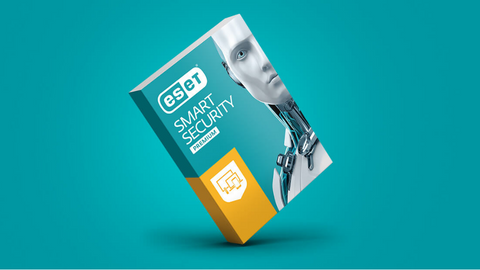
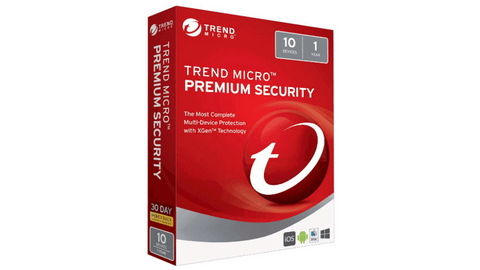
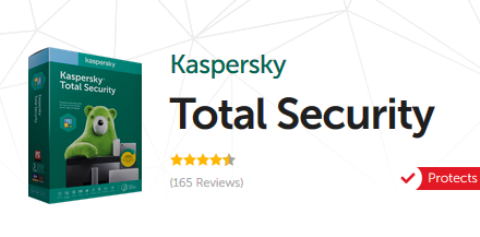


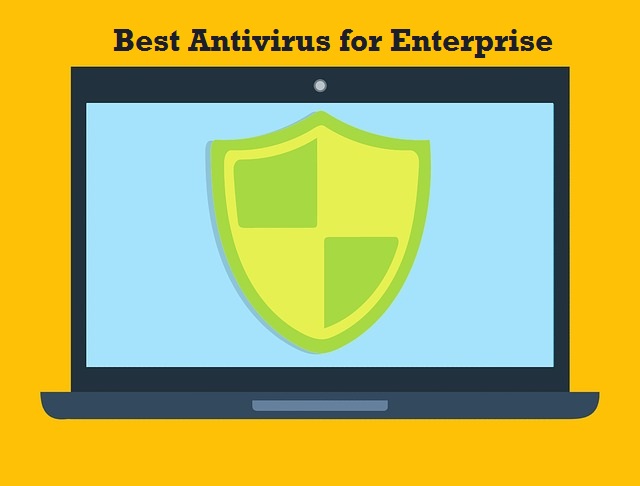


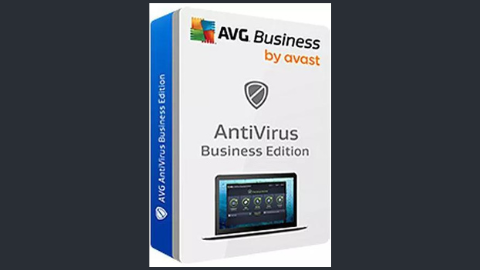


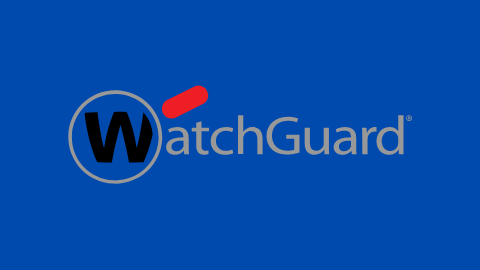

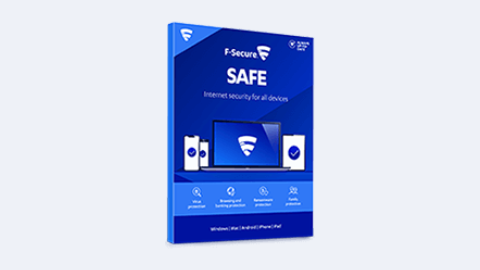
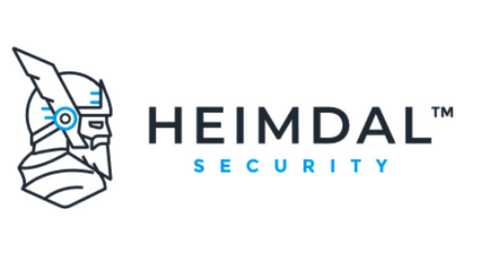
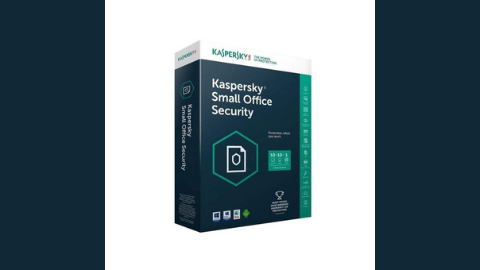


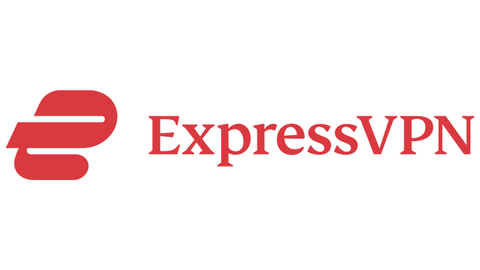
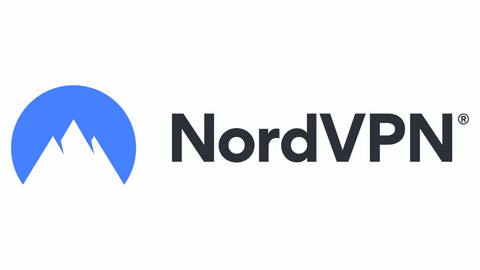
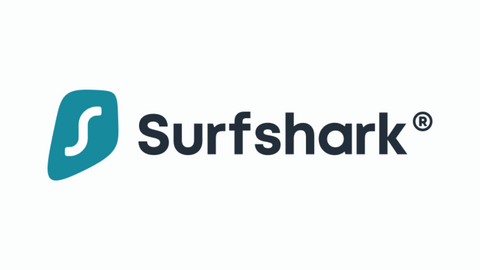
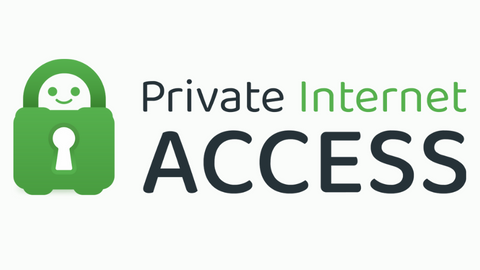

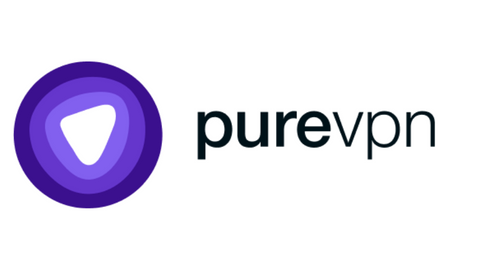
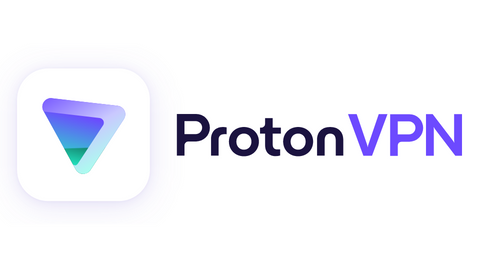


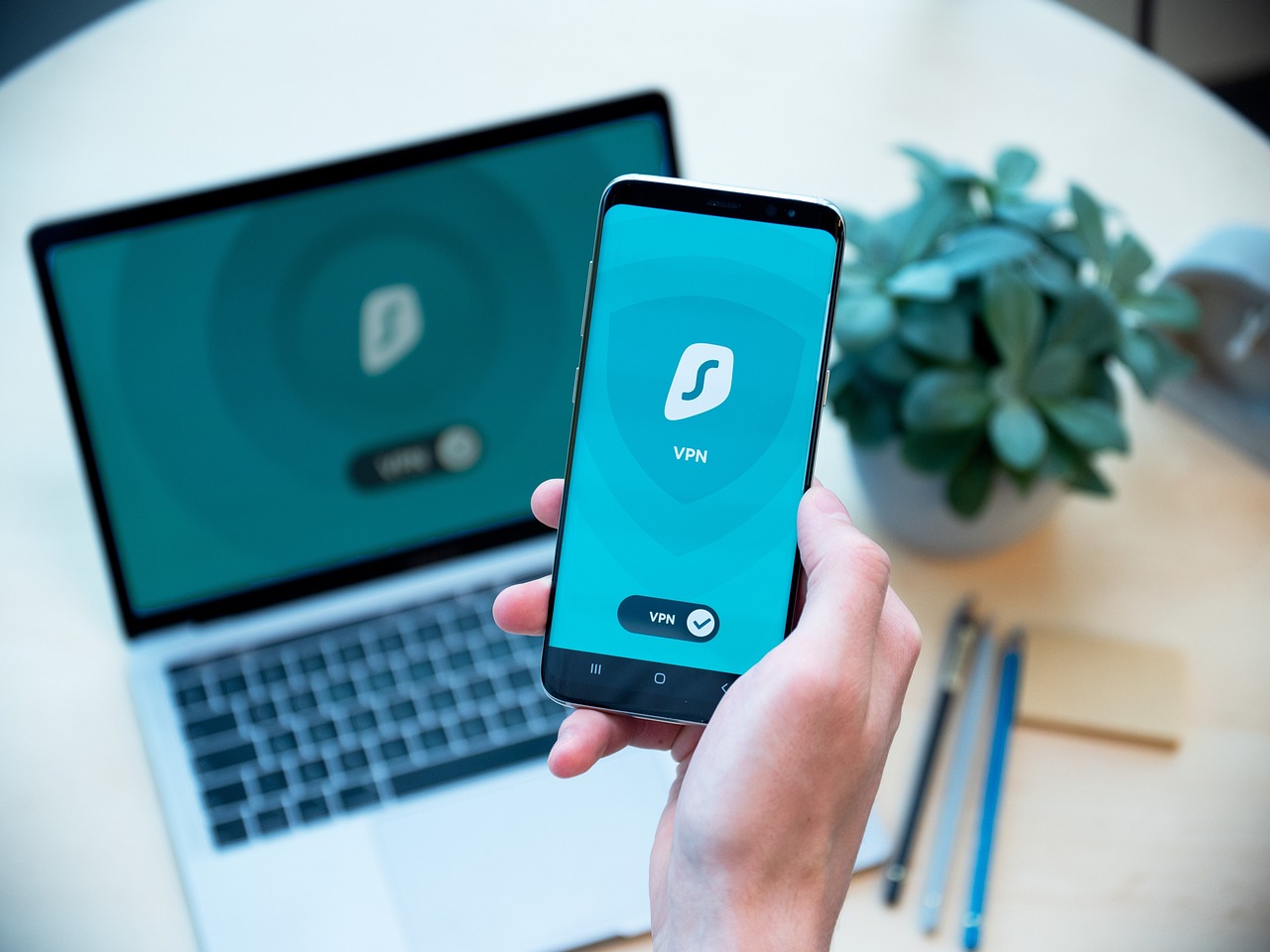

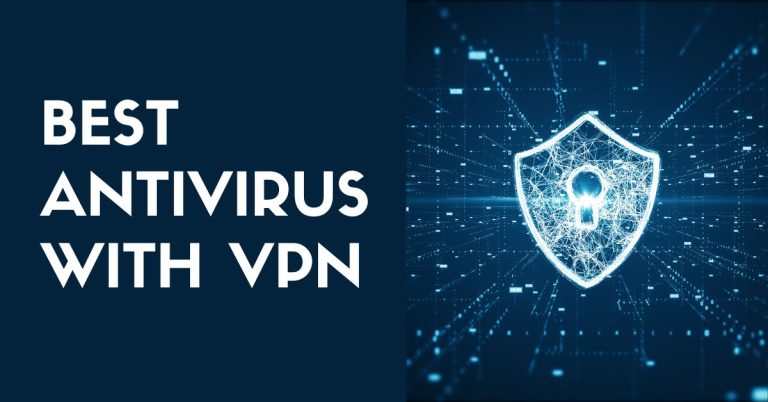
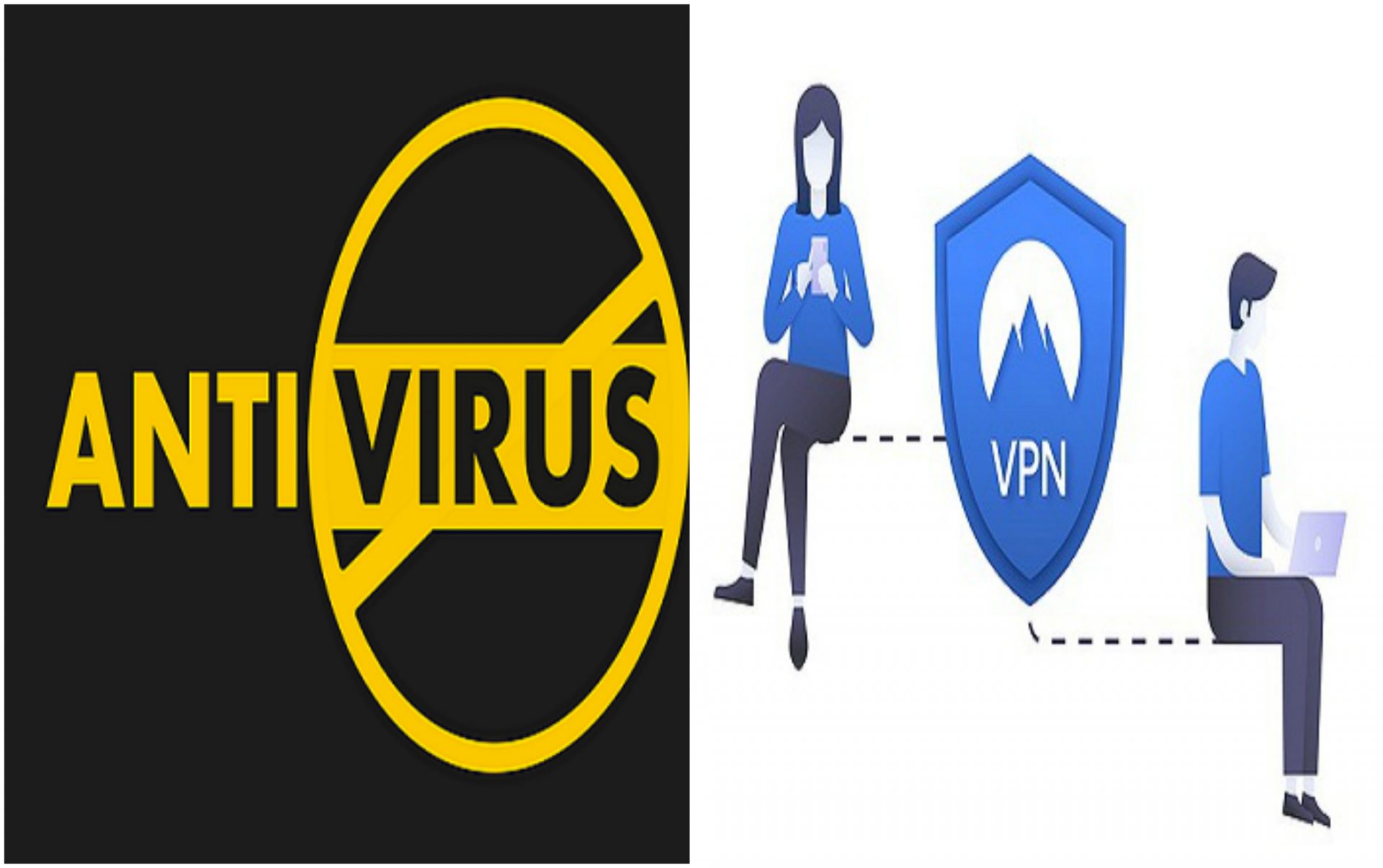



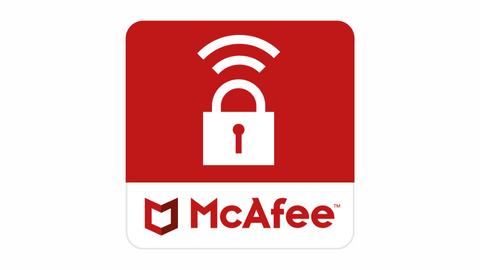

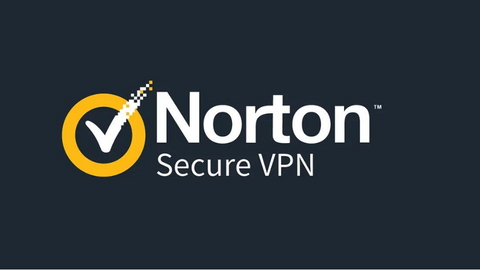

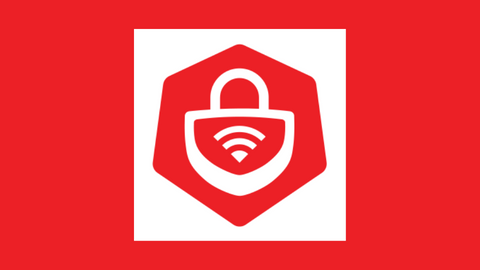
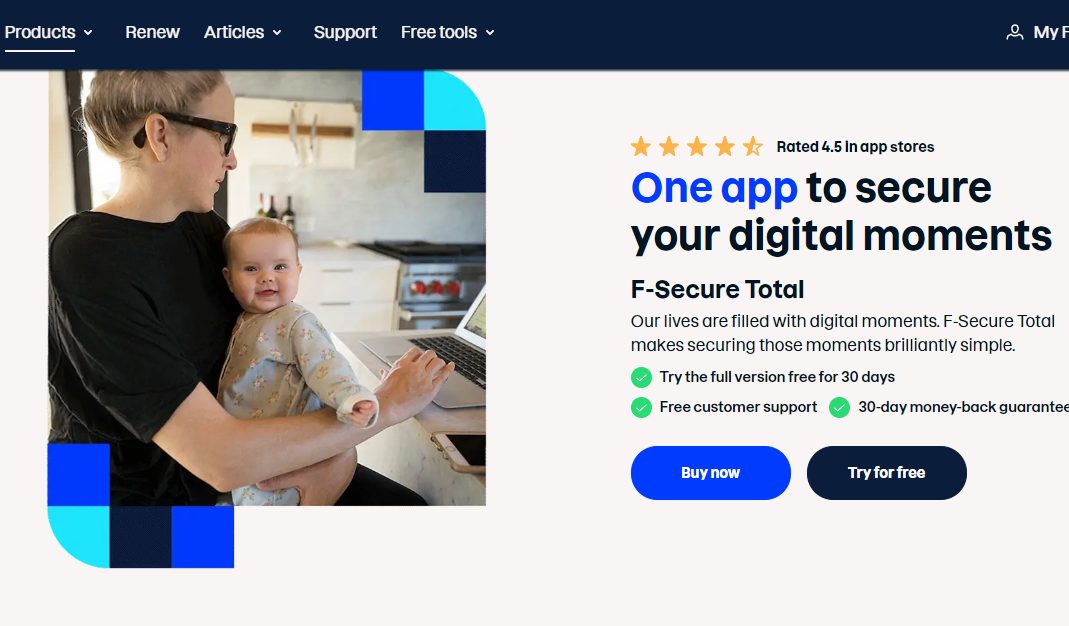
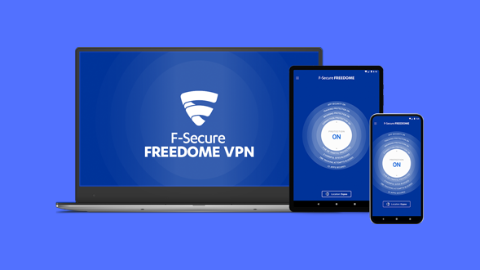


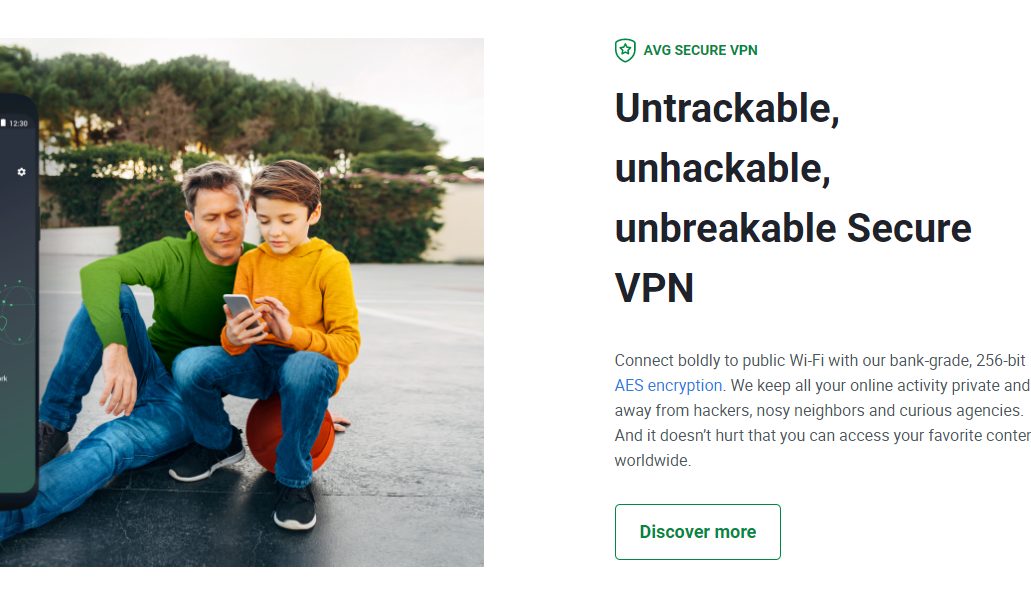
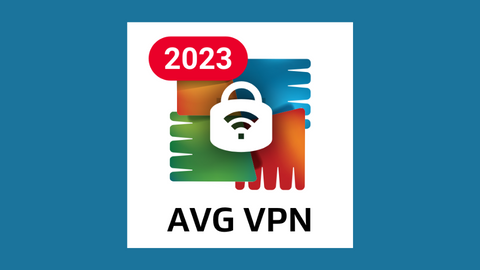




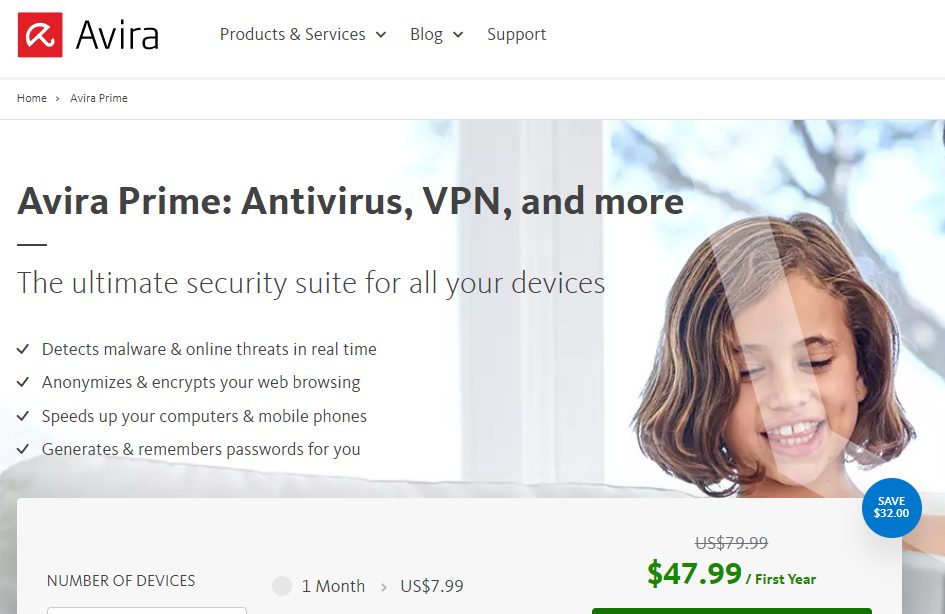
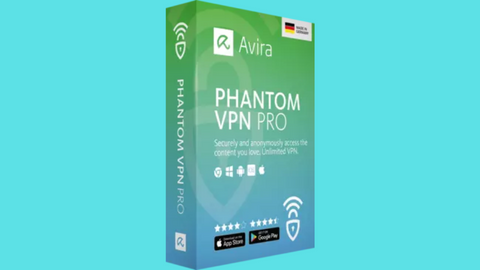



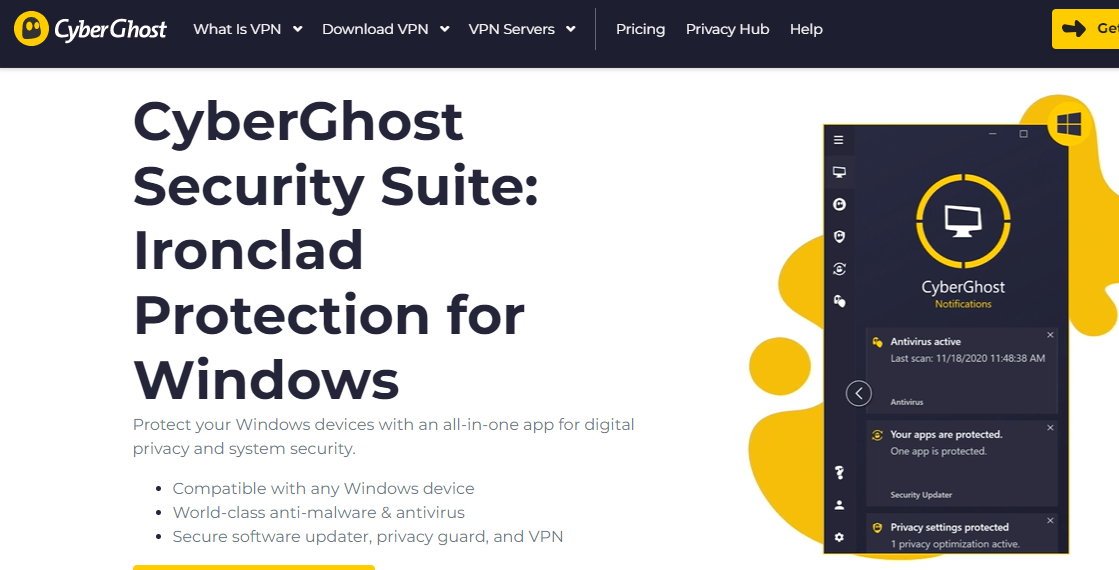

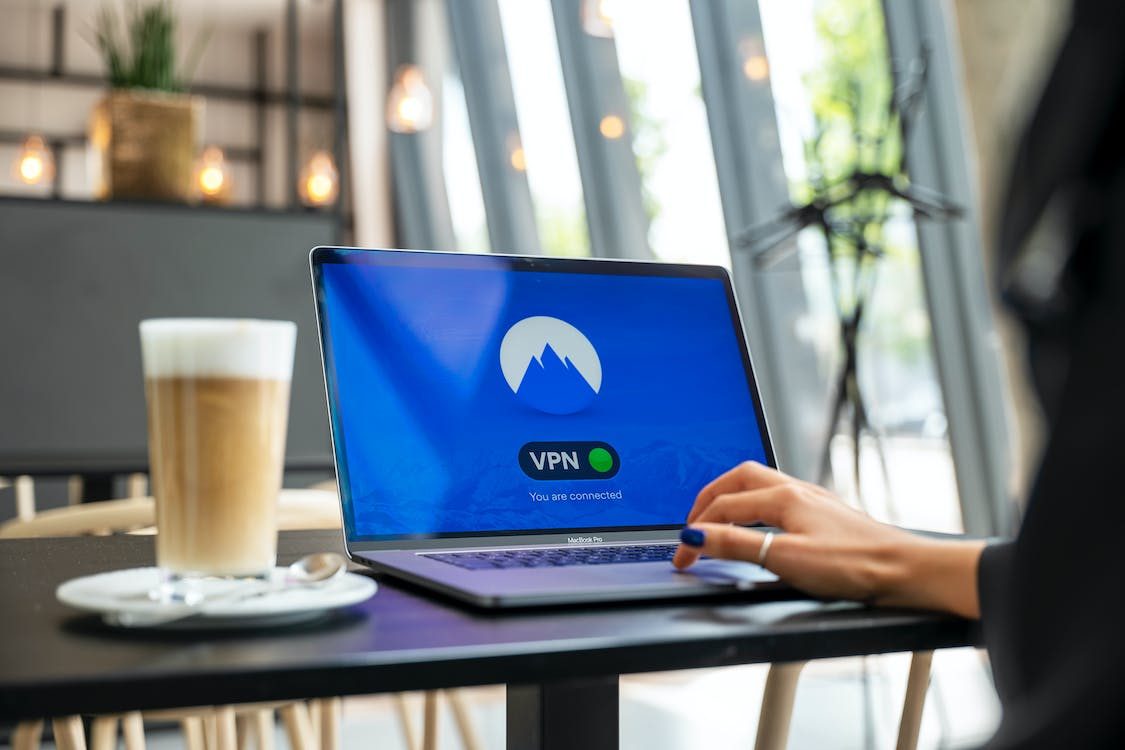

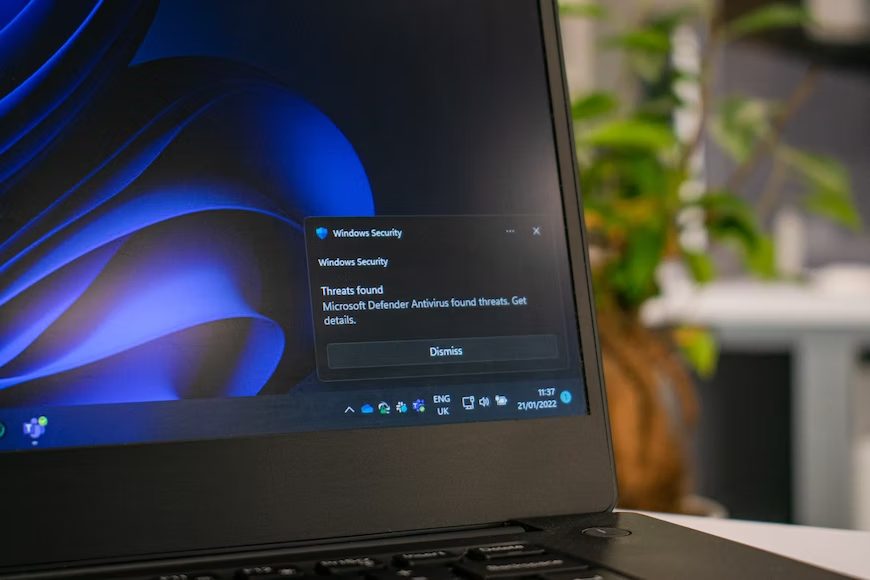
![Identity Theft Is Not A Joke, Jim [MUST READ] Identity Theft Is Not A Joke, Jim [MUST READ]](https://secureblitz.com/wp-content/uploads/2021/10/Identity-Theft-Is-Not-A-Joke-Jim-768x402.png)



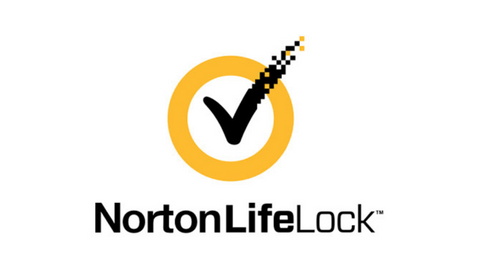
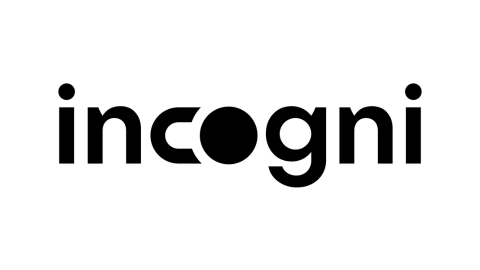



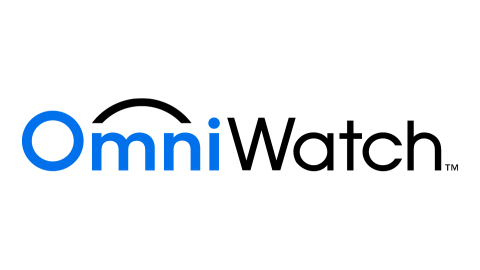
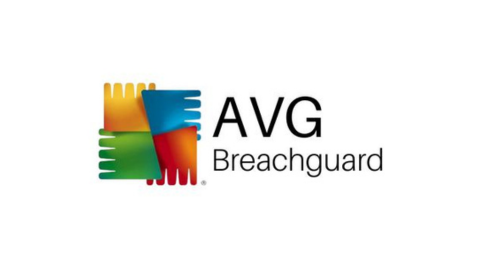
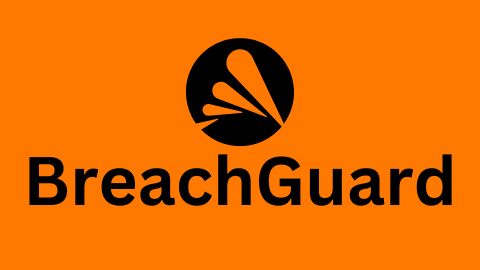
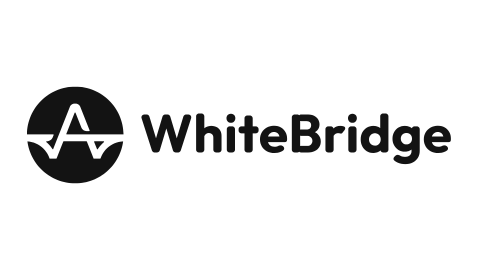

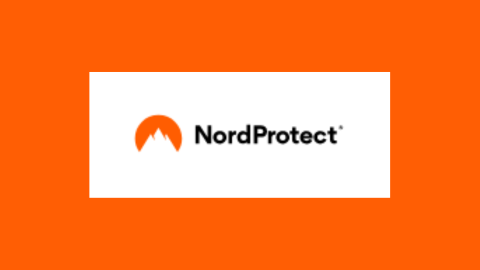


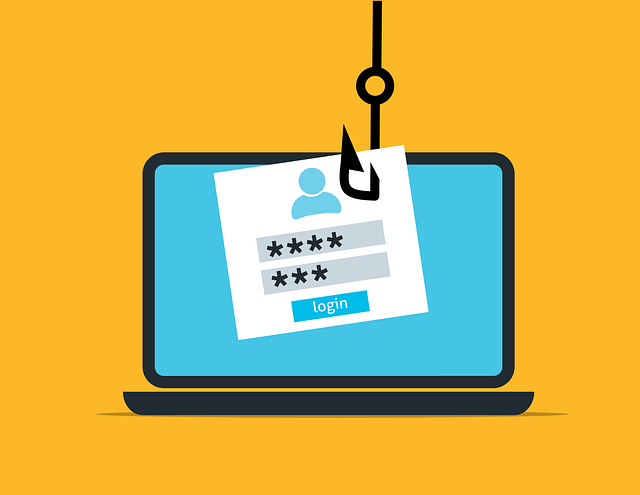

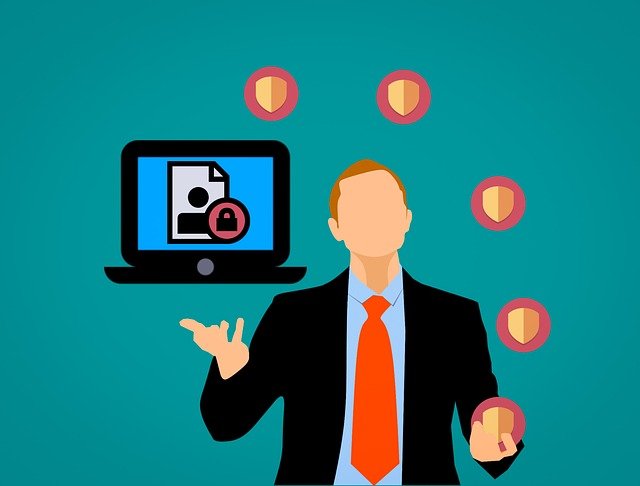
![Is Google Translate Secure? [We Have The Answer] Is Google Translate Secure? [We Have The Answer]](https://secureblitz.com/wp-content/uploads/2020/06/is-google-translate-secure-768x422.png)

